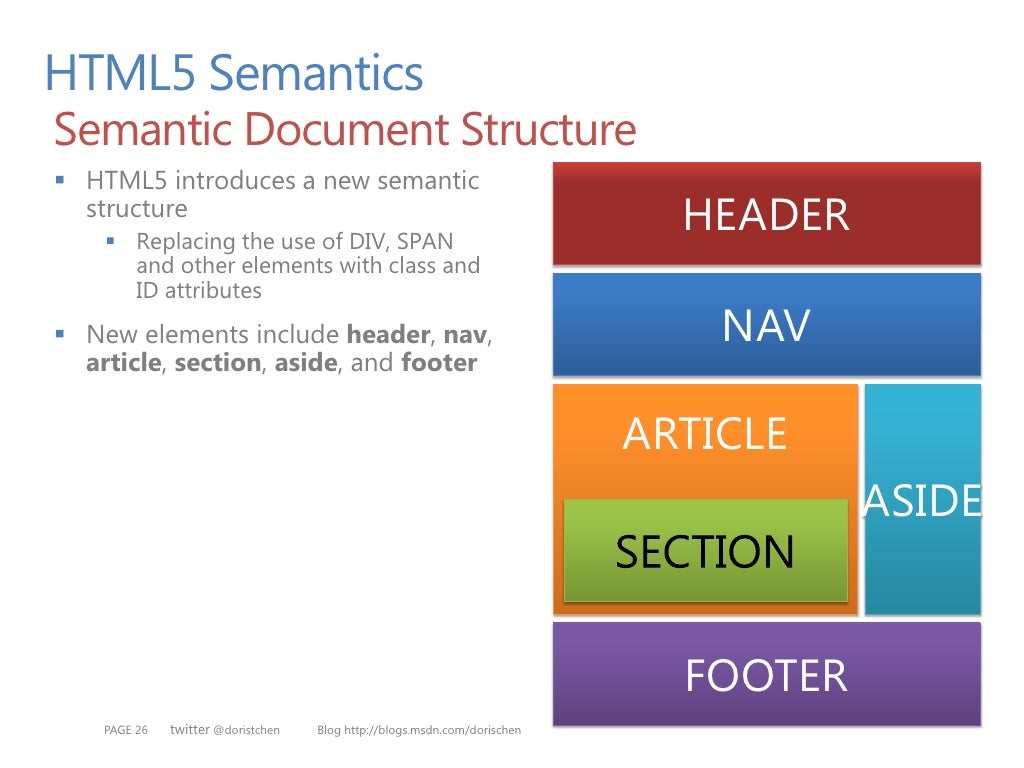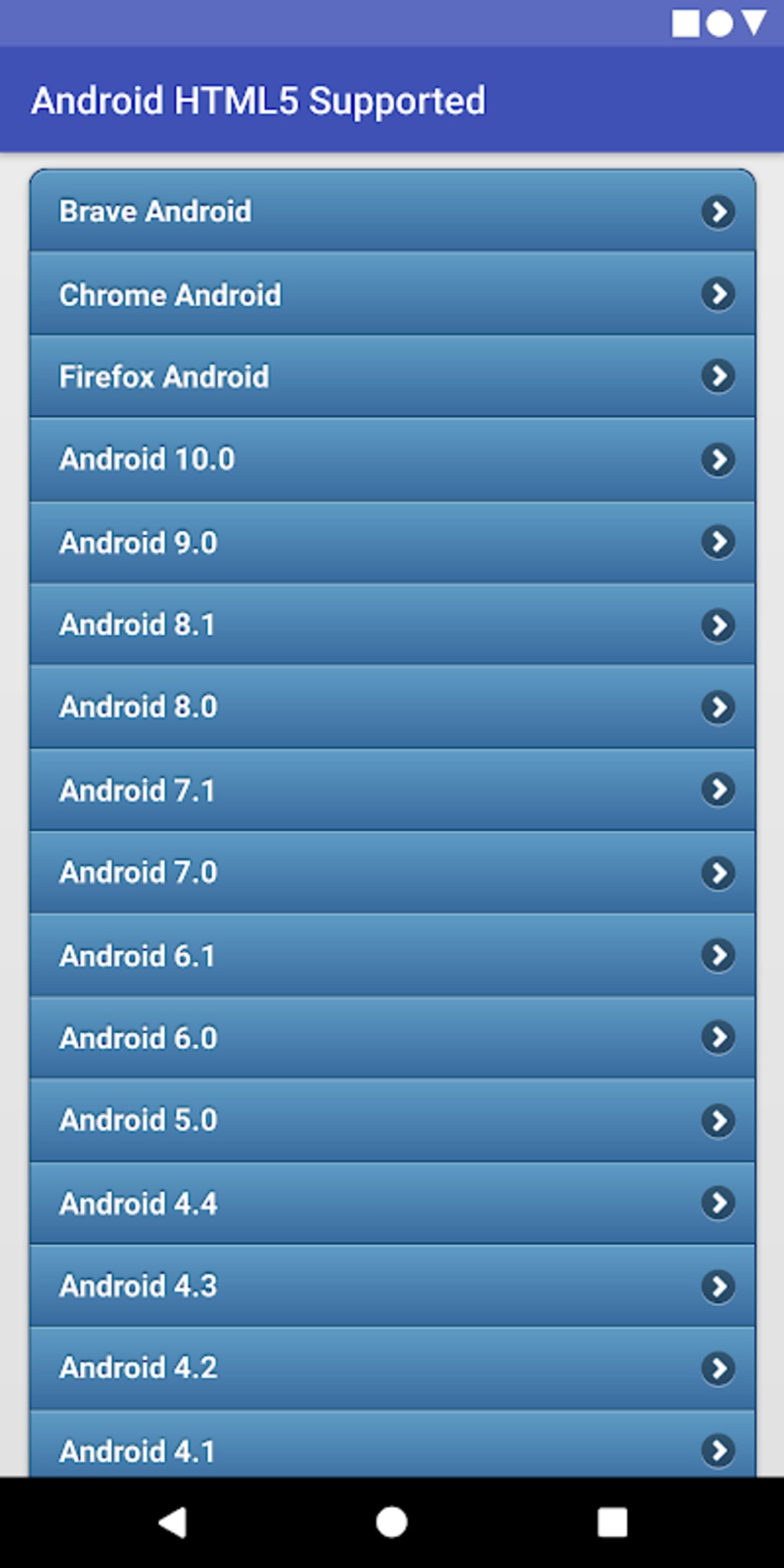Html5 Presentation
| Introduction to HTML5 | ||
|---|---|---|
| HTML5 is the latest version of the Hypertext Markup Language. It is used for structuring and presenting content on the World Wide Web. HTML5 introduces new features and enhancements over its previous versions. | ||
| 1 | ||
| Multimedia Support | ||
|---|---|---|
| HTML5 provides native support for audio and video elements. It eliminates the need for third-party plugins like Flash. This allows for a more seamless and efficient multimedia experience on the web. | ||
| 2 | ||
| Mobile-Friendly Design | ||
|---|---|---|
| HTML5 enables the creation of responsive and mobile-friendly websites. It includes features like media queries, which adapt the layout based on the device's screen size. This improves the user experience across different devices and platforms. | ||
| 3 | ||
| Improved Semantics | ||
|---|---|---|
| HTML5 introduces new semantic elements, such as <header>, <nav>, <article>, and <section>. These elements provide better structure and meaning to the content. Search engines and assistive technologies can better understand and navigate the website's structure. | ||
| 4 | ||
| Offline Capabilities | ||
|---|---|---|
| HTML5 offers offline storage capabilities through the use of the localStorage and sessionStorage APIs. Websites can store data locally, allowing users to access and interact with content even without an internet connection. This feature is particularly useful for web applications and content consumption on the go. | ||
| 5 | ||
| Canvas and Graphics | ||
|---|---|---|
| HTML5 includes the <canvas> element, which provides a powerful graphics API. It allows for dynamic rendering of 2D and 3D graphics, animations, and interactive visualizations. This opens up possibilities for creating games, data visualizations, and other rich multimedia applications. | ||
| 6 | ||
| Improved Forms and Input Types | ||
|---|---|---|
| HTML5 introduces new input types, such as date, time, email, and range. These input types provide better user experience and validation options. They allow for more intuitive and accurate data entry on web forms. | ||
| 7 | ||
| Geolocation and Location Services | ||
|---|---|---|
| HTML5 provides geolocation APIs that allow websites to access a user's location information. This enables location-based services, such as finding nearby businesses or providing targeted content. Users can opt-in to share their location, ensuring privacy and control over their data. | ||
| 8 | ||
| Accessibility Enhancements | ||
|---|---|---|
| HTML5 includes various accessibility features, such as ARIA (Accessible Rich Internet Applications) attributes. These attributes help improve the accessibility of web content for users with disabilities. Websites built with HTML5 can provide better support for screen readers and assistive technologies. | ||
| 9 | ||
| Browser Compatibility | ||
|---|---|---|
| HTML5 is supported by all modern browsers, including Chrome, Firefox, Safari, and Edge. However, older browsers may have limited support for some HTML5 features. It is important to check the compatibility and use fallback options for older browsers when using HTML5 features. | ||
| 10 | ||









